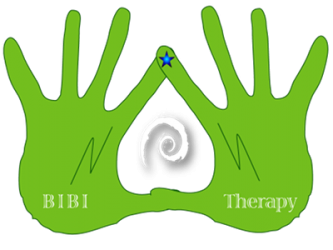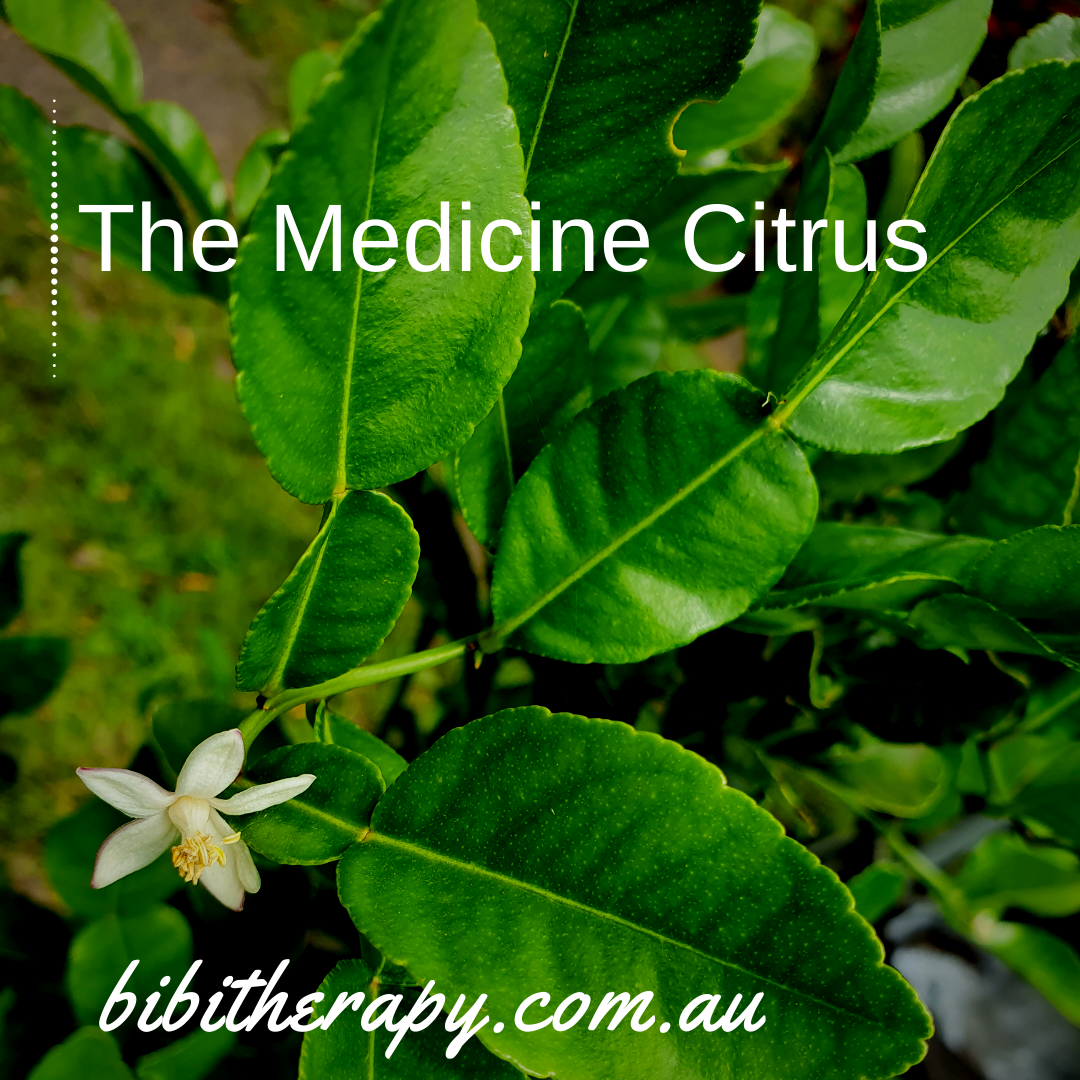Hidden Benefits of Wild Lime
Makrut (Citrus hystrix) also known as wild lime or kaffir lime is prized for its flavoursome leaves and floral scent when used in cooking. Please note that from this point on, I will refer to these leaves as wild lime leaves, as the term kaffir is offensive in some cultures1.
Cuisines of Laos, Thailand, Cambodia, Indonesia Bali, Java, Malaysia and Burma use these leaves to enchant the olfactory system and provide a complex refreshing taste for some dishes (soups, sauces, curries).
Properties: Aside from its culinary use, the wild lime leaves and fruit peels are highly prized for many medicinal uses. That is why it is also called the citrus medicine in some South Eastern Asian Countries. This is certainly backed up by its various phytocomponents (Arumugam et al, 2014) (including glycerolglycolipids, tannins, tocopherols, furanocoumarins as well as flavonoids and alkaloids). Furthermore, the oil extracted from wild lime leaves or fruit peels boast an impressive number of chemical components (more than 35 in varying concentrations). It must be noted that the chemical composition of fruit peels differs from the leaves: for instance the peels’ major component, sabinene, does not exist in the leaves. The major components in the leaves are citronellal, linalool and hedycaryol (Waikedre et al, 2010).
Benefits: In the following you will discover two of the least known benefits of this delightful wild lime citrus also known as the citrus medicine plant.
#1 Wild Lime as Depression Relief Agent
A 2007 study conducted on the use of Kaffir lime oil (obtained from fruit peels) for topical applications in aromatherapy, showed that massaging the oil on the skin affects the autonomic nervous system as well as the behaviour in healthy adults (Hongratanaworakit and Buchbauer, 2007). Specifically the topical application of diluted wild lime oil (20% in almond oil) leads to increased sympathetic activity. What is most interesting is that during the application the volunteers did not inhaled the perfumed oil, as they were provided with pure air via breathing mask. That is to say that the olfactory stimulation through the nose and mouth was eliminated. Subsequently, only the transdermal absorption was the cause of the stimulation of the sympathetic nervous. Furthermore, the volunteers also noted positive changes in some behavioural parameters, including increased alertness, attentiveness, enhanced mood and cheerfulness.
How to use: a few drops of diluted essential wild lime oil rubbed on the abdomen in the morning and relax in well-lit indoor place. When applied on the skin, the fragrant molecules easily penetrate the blood-brain barrier and are absorbed after application. The effects on the sympathetic system (heart rate, skin temperature, pupil dilation) as well as increased vigour and alertness develop after 20 minutes. Avoid its use in the evening as it enhances the alertness, according to the same study.
The Flip Side: Some of the citrus oils including bergamot, lemon, grapefruit, orange as well as the wild lime induce skin photosensitivity. That is to say that after application of wild lime oil on the skin, one should not expose the skin to sunlight or UV lamps for minimum 12 hours.
#2 Wild Lime Leaves as Mouth Ward
Periodontal disease is the most common an inflammation of the tooth-supporting tissue and bone caused by more than 300 pathogens affecting more than 50% of world population. Although a non-communicable disease, periodontal disease is known to increase the incidence of diabetes, coronary heart disease as well as cerebrovascular accidents. To date the mouth washes fighting this plague are based on ingredients that affect negatively the quality of life (taste aberrations, tooth staining as well as calculus formation).
How to use: According to folk medicine, the wild lime leaves can be rubbed onto the gums to promote good oral health. Indeed, a 2014 study demonstrated that the oil extracted from the leaves was effective against bacteria causing periodontal disease (Wongsariya et al 2014).
Here is my mouth wash recipe: Take a handful of wild-lime leaves, wash them well crunch them and placed them in a mason jar. Fill the jar with dechlorinated water and add 1 table spoon of salt. The solution is ready to use after it brews at least 24 hours. Do not drink the solution as it is very concentrated and it may cause unwanted effects the gut microbiome (nausea, even vomiting).
Thank you for visiting and reading this page.
Disclaimer: I am a qualified holistic wellness, Herbalist Aromatherapist and Nutrition Diva rather than a medical doctor or nurse. Always check with a doctor or medical professional if a medical need arises.
References
1 https://www.dictionary.com/browse/kaffir
Hongratanaworakit T and Buchbauer G. Chemical composition and stimulating effects of Citrus hystrix oil on humans, Flavour & Fragrance J.2007; 22: 443-449. https://onlinelibrary.wiley.com/doi/abs/10.1002/ffj.1820
Waikedre J, Dugay A, Barrachina I, Herrenknecht C, Cabalion P, Fournet A. Chemical composition and antimicrobial activity of the essential oils from New Caledonian Citrus macroptera and Citrus hystrix. Chem Biodivers. 2010; 7(4):871-7. doi: 10.1002/cbdv.200900196. https://www.ncbi.nlm.nih.gov/pubmed/20397222
Wongsariya K, Phanthong P, Bunyapraphatsara N, Srisukh V, Chomnawang MT, Synergistic Interaction and Mode of Action of Citrus Hystrix Essential Oil Against Bacteria Causing Periodontal Diseases. Pharm Biol. 2014; 52(3)273-280 doi: 10.3109/13880209.2013.833948. https://pubmed.ncbi.nlm.nih.gov/24102651/

